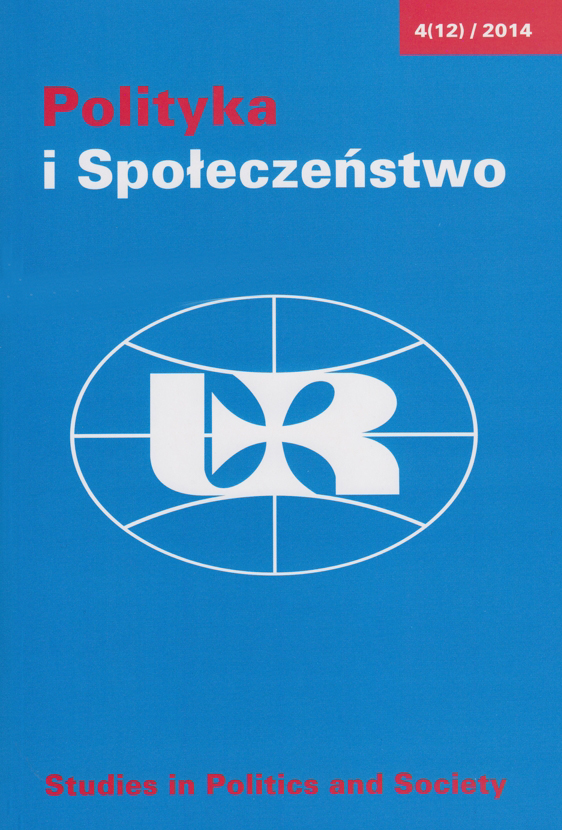Comprehensive approach – theory and practice
Keywords:
operation, mission, security, comprehensive approach, AfghanistanAbstract
Implementation of comprehensive approach in solving crisis situations is one of the challenges of the contemporary times. Experiences of the last two decades proved in multiple cases that crises’ counteraction can only be effective if both military and civilian capabilities have been employed, including diplomacy and various aid instruments. International organizations expect tangible results of conduct and engagement in peace-keeping and stabilization missions and operations, ensuring amelioration of the situation. A special role among civilian capabilities has been assigned to law and order forces, including police, gendarmerie and military police, more often constituting integral ele-ments of military-civilian operations or functioning in close cooperation with them. These formations can be deployed in many different ways, although they are most frequently used as executive, strengthening or substituting local police, or non-executive, conducting training and mentoring for the benefit of local law and order formations. As one of the most complex and multidimensional theatres of recent years, Afghanistan is evolving, it is worth examining the subject matter of the implementation and execution of the comprehensive approach, as well as the missions and operations composed into the integrated effort of the international society for creation of safe and secure environment for the benefit of Afghan citizens.Downloads
Published
2021-04-21
How to Cite
Brylonek, M. (2021). Comprehensive approach – theory and practice. Studies in Politics and Society, 12(4), 5–23. Retrieved from https://journals.ur.edu.pl/polispol/article/view/1741
Issue
Section
Articles
License

This work is licensed under a Creative Commons Attribution-ShareAlike 4.0 International License.


